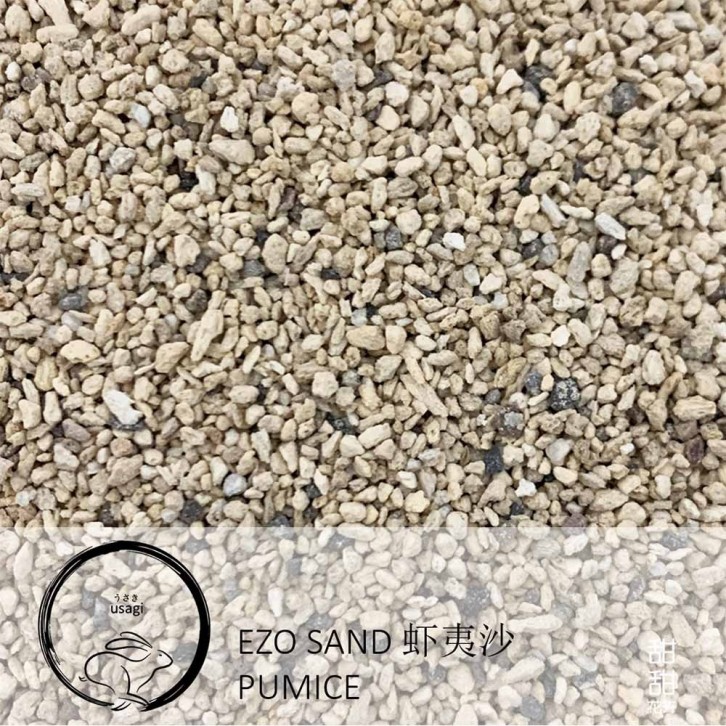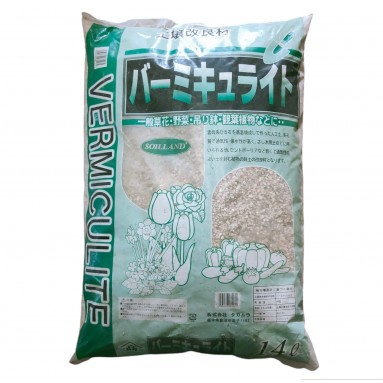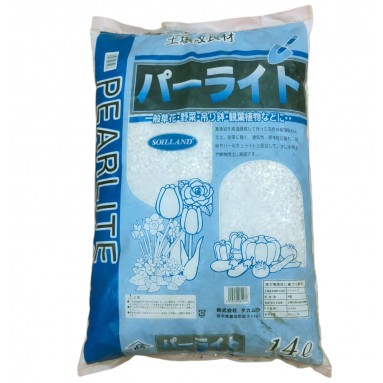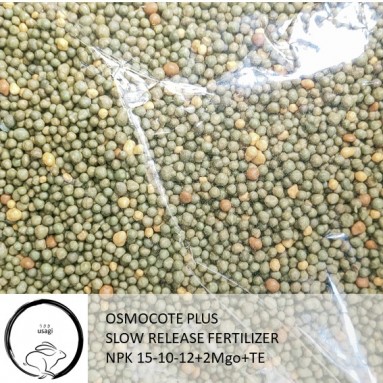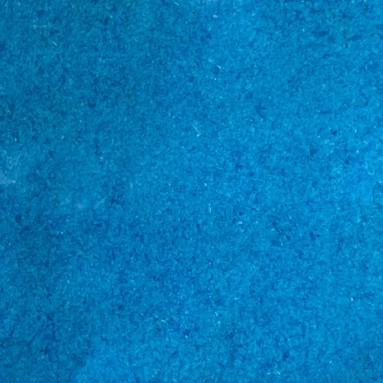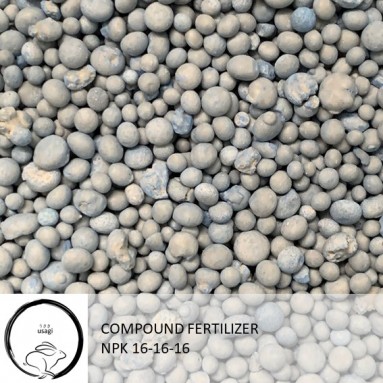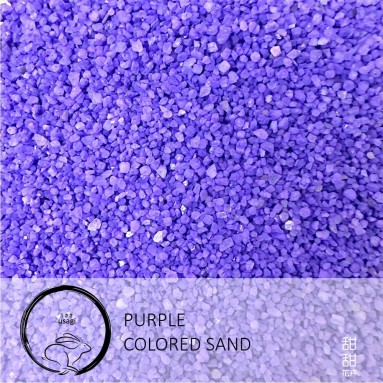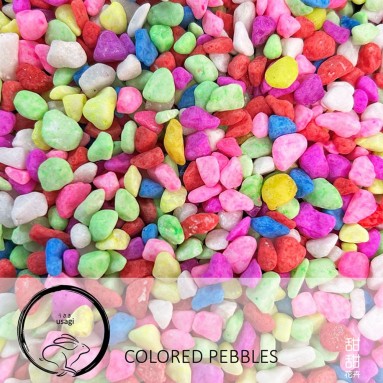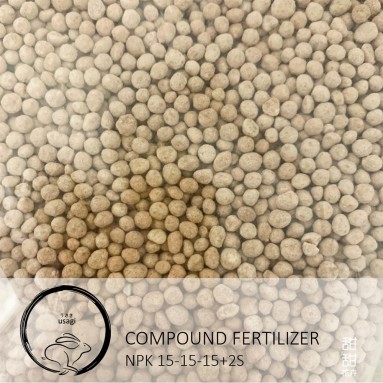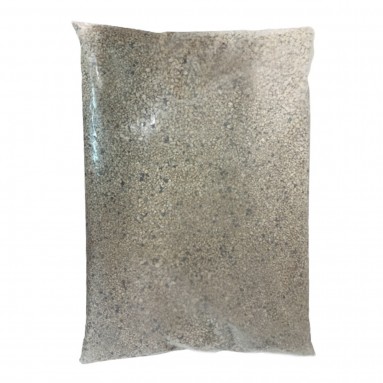Ezo Sand 虾夷沙 Pumice (Usagi)
$10.10
incl. GST
- The image pictured is strictly for illustration purposes only and will never be 100% identical to the actual product.
- Various grain sizes are specified accordingly and the measurement is approximate only.
- The product is PRE-PACKED in sealed clear plastic.
GENERAL INFORMATION
- Premium Pumice sand from Hokkaido.
- Pumice is fascinating stuff, borne out of the superheated earth.
- It is basically whipped volcanic glass that is made up of tiny air bubbles.
- This means that pumice is a lightweight volcanic rock that makes it perfect for use as a soil amendment.
- The airy rock is ideal for use with cacti and succulents as well as other plants that require excellent drainage and air circulation.
- Plus, the porosity of pumice allows microbial life to thrive while maintaining soil structure better than perlite.
- Planting with pumice also has the advantage of a neutral pH along with a variety of trace materials.
BENEFITS
- It reduces water runoff and fertilization by increasing soil absorption in sandy soils.
- It absorbs excess moisture so roots don’t rot.
- It improves aeration and stimulates the growth of mycorrhizae.
- It doesn’t decompose or compact over time like other soil amendments, which means it helps to maintain soil structure.
- It keeps clay soils loose over time for continued soil health.
- It is a natural, unprocessed organic product that doesn’t decompose or blow away.
APPLICATION
- To improve drainage for plants such as succulents, mix 25% pumice with 25% garden soil, 25% compost, and 25% large grain sand.
- For plants that are prone to rotting, like some euphorbias, amend the soil with 50% pumice or in lieu of amending the soil.
- Fill the planting hole with pumice so the roots are surrounded by it.
- Pumice can be used as a topdressing to absorb rainwater that puddles around plants.
- For potted succulents, combine equal portions of pumice to potting soil.
- For cacti and euphorbia, combine 60% pumice with 40% potting soil.
- A layer of pumice will absorb spilled oil, grease, and other toxic liquids.
- Once the fluid has been absorbed, sweep it up and dispose of it in an eco-friendly manner.
